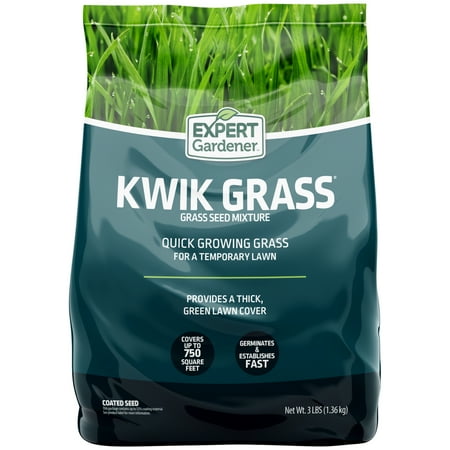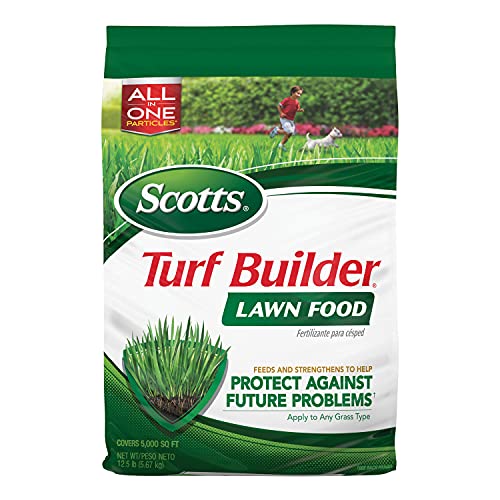Worm casts are good for lawn health, but can be a nuisance – here’s the only way experts recommend dealing with them
Don’t fret over the appearance of worm casts, as they are simple to manage
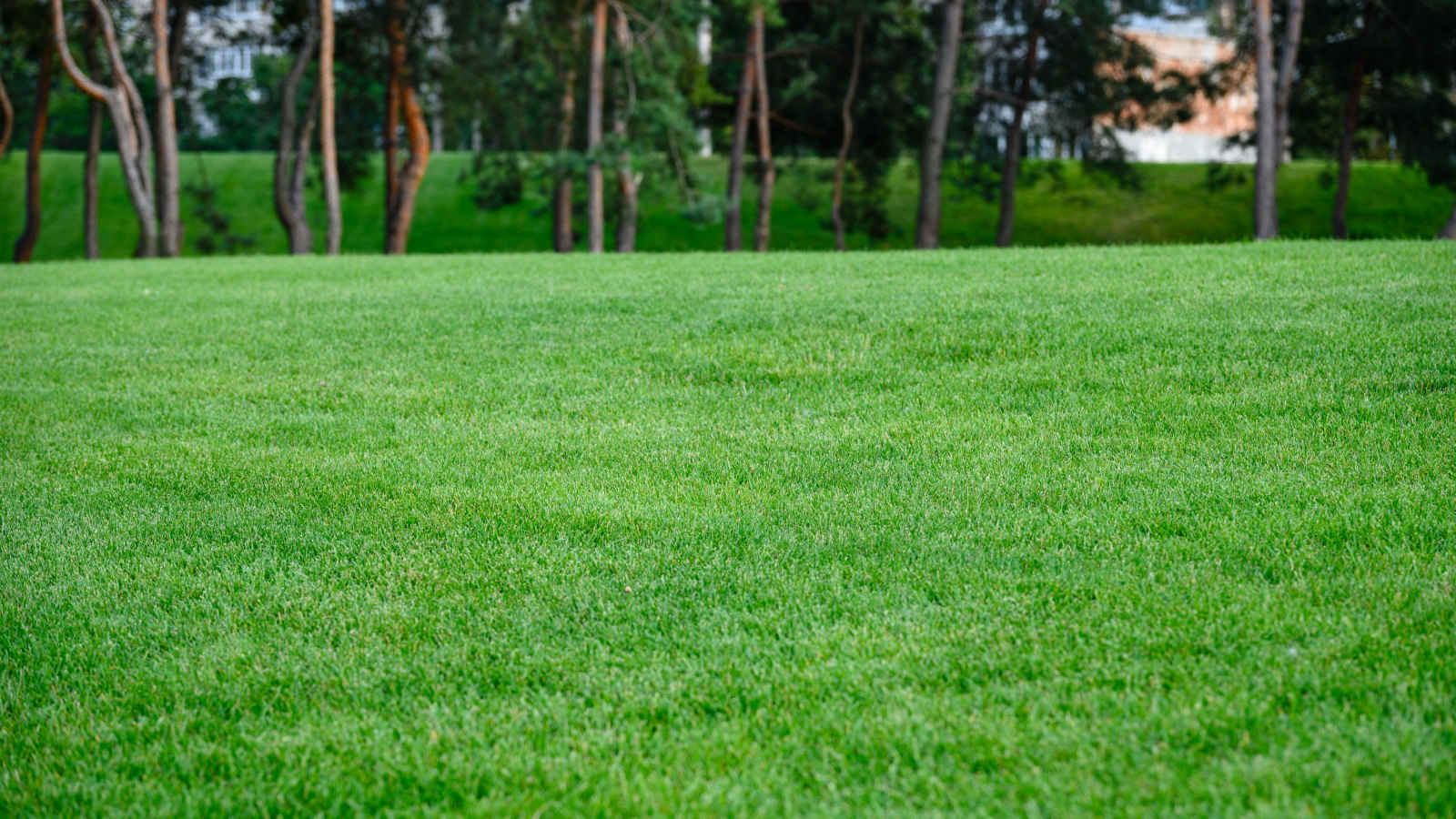

Have you noticed small, spiralled heaps on the surface of your lawn in the morning and been left scratching your head? Those distinctive deposits are worm casts, and they are actually the sign of a healthy lawn.
Worm casts, or worm castings, on lawns result from earthworms and are commonly seen on spring or fall mornings. While they are beneficial, they can also be a nuisance. If you take pride in your lawn care and having pristine grass, these heaps may be undesirable.
So, what should you do about worm casts on lawns? To answer this, I spoke to some lawn experts who revealed the positives that come from worm casts on lawns and their recommendations for the easiest way to deal with them to keep your grass healthy.
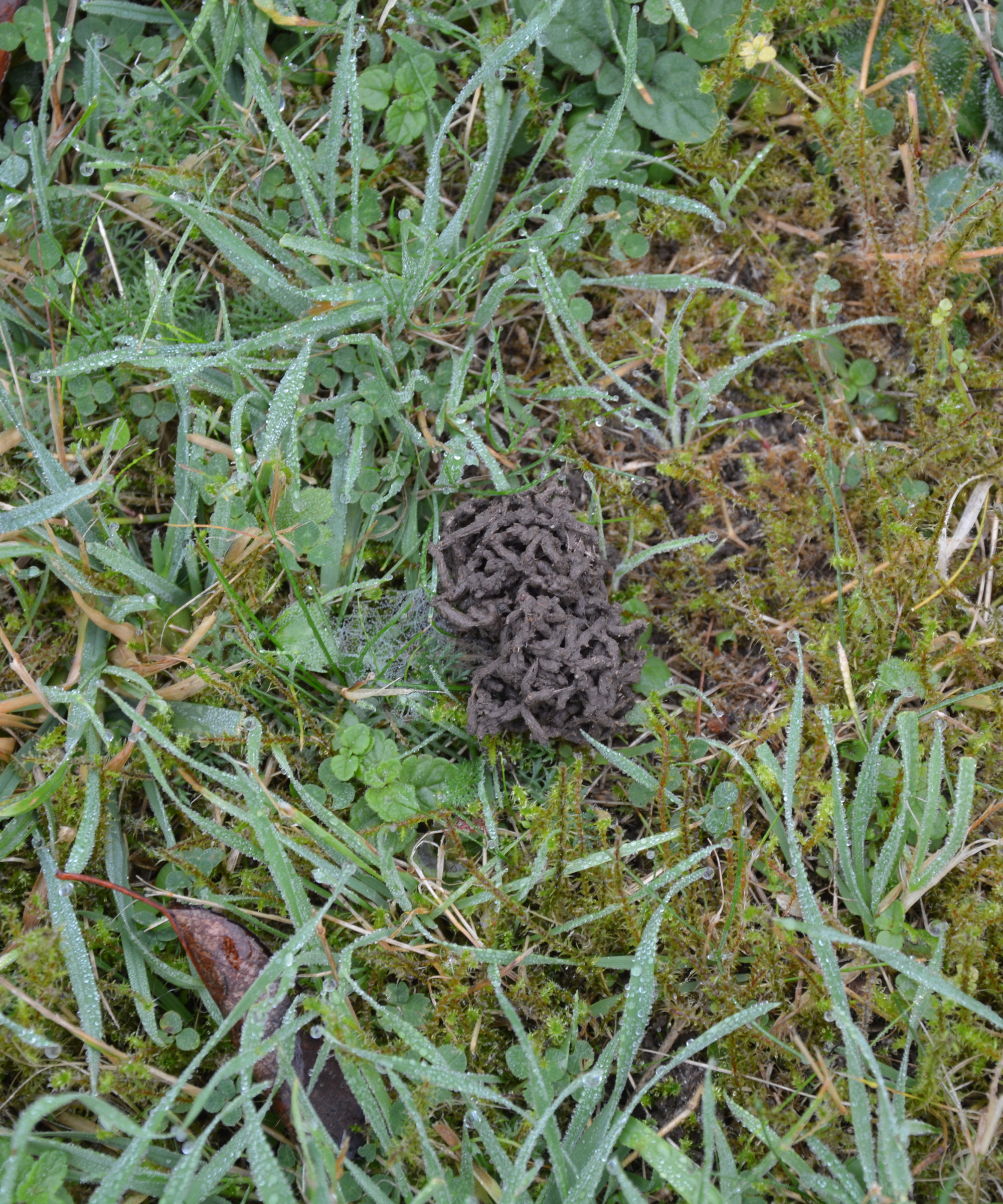
What are worm casts on lawns?
Worm casts are small, spiral heaps of waste soil that appear on the surface of the lawn. They are caused by certain species of earthworms that live in the soil but come to the surface to deposit their waste.
The earthworms eat thatch and leaf litter in the grass and break it down. Many species will deposit this material underground, but some do it at the surface, leaving the distinctive strings of sludgy material.
'Worm casts are just little mounds of soil left behind after earthworms do their thing underground,' says Taylor Olberding, co-founder of Heroes Lawn Care. 'In most cases, they're not doing real harm, more of a nuisance, especially if you're aiming for that immaculate green carpet look.'
Worm casts are commonly left during the night, and they are most often seen in spring and fall after spells of wet weather. The sight of worm casts on lawns is perfectly normal, but they can be an inconvenience.
Design expertise in your inbox – from inspiring decorating ideas and beautiful celebrity homes to practical gardening advice and shopping round-ups.

Taylor is the Co-Owner of Heroes Lawn Care, a lawn care services company. A lawncare expert, Taylor has a degree in turf and landscape management from the University of Nebraska.
Are worm casts bad for lawns?

No, the resounding response from the experts is that worm casts on lawns are not a bad thing.
They can be a nuisance, as mentioned earlier, though how much so will depend on the type of lawn you want. However, there are real positives that come from having such evident signs of earthworm activity in your lawn.
Ryan Farley, the CEO of LawnStarter, claims that worm casts on lawns shouldn’t be seen as a problem whatsoever when people spot them on their grass at home. So, don’t think of worm casts as an issue when aspiring for a green and thick lawn.
'I'd regard them as a positive sign and can provide great natural fertilizer for your soil,' he adds. 'Worm casts are essentially just waste products from earthworms, and earthworms in your soil are a great sign that things are working as they should.'
That sentiment is echoed by Chrissie Handley from Online Turf, who speaks highly of the benefits worms bring to soil and grass health.
She says: 'Worms can enrich the soil, aerate the soil, relieve compaction and also decompose thatch, so when compared to small mounds of soil that are on your lawn, the benefits worms provide outweigh the negatives of the unsightly casts.'
Finally, Steve Peeler, an agronomist with Simple Lawn Solutions, reckons that worm castings cause more of a visual issue on low-cut turfgrass such as golf courses and athletic fields, adding: 'There is not so much of a problem on home lawns unless maintaining the turf at a very low height of cut.'

Ryan Farley is the CEO of LawnStarter, a lawn care service founded in 2013 and based in Austin, Texas.
Expert tips for dealing with worm casts on lawns
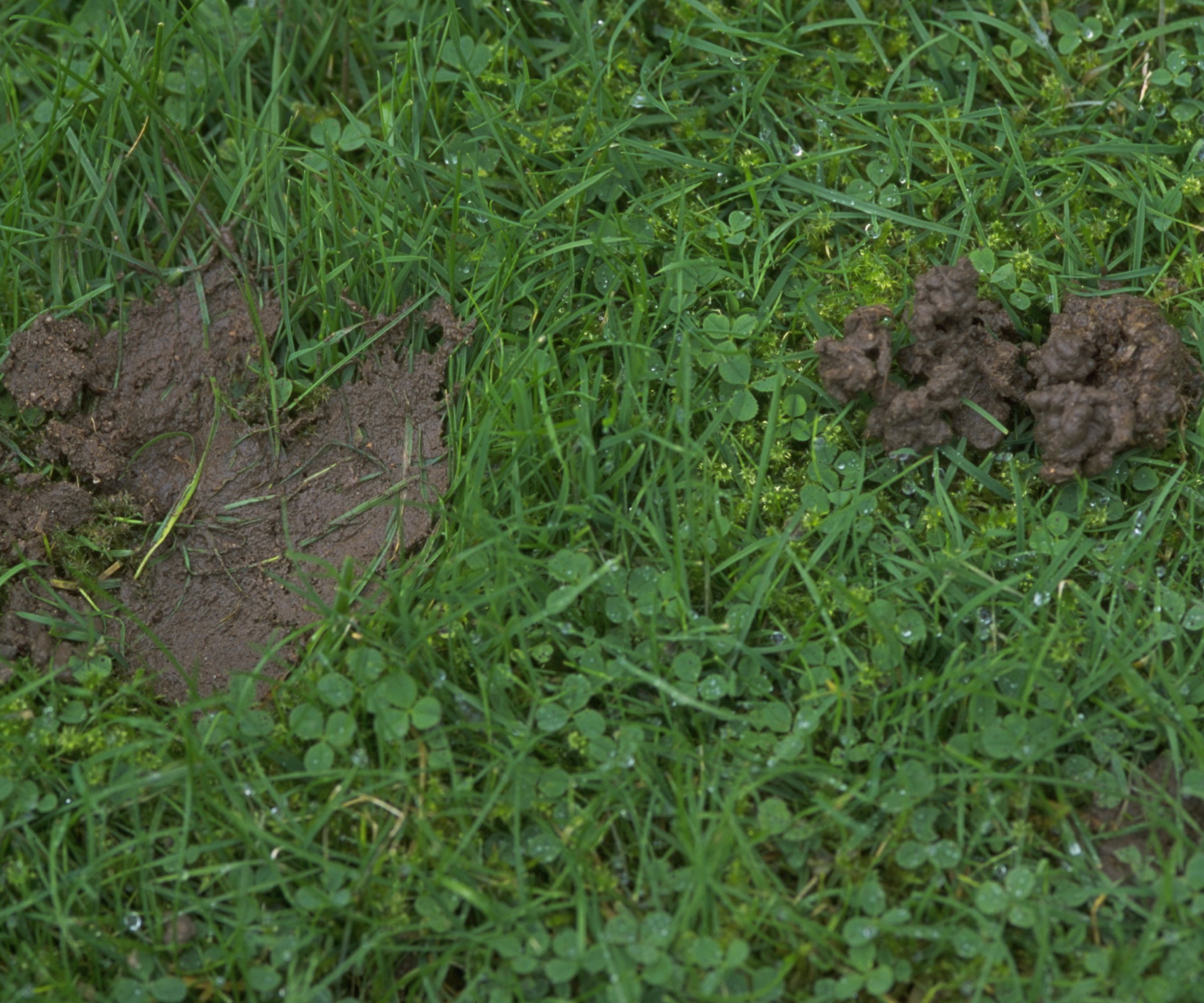
Worm casts can impact the look of your lawn, and potentially the health of your lawn if they are not managed properly. What do the experts recommend you do with worm casts on lawns, leave them in place or act to get rid?
Chrissie Handley says it is better to deal with them than just leave worm casts on lawns untouched.
'If you leave worm casts on the lawn, they can smear into your grass when mowing, making them look even more unsightly,' she claims. 'Smeared casts can prevent airflow to the grass and ground, making it more liable for weed growth.'
It is not just mowing that risks smearing the worm casts over the surface. Just walking on them can do the same, and the flattened castings can create bare spots in the grass that become an ideal environment for lawn weeds to germinate, especially in spring.
What is the best time and way to remove worm casts on lawns? Thankfully, it is quick and simple to eliminate worm casts and keep lawns healthy, using everyday household or garden tools.
'I wait until they've dried out a bit, usually mid-morning is perfect, and then lightly brush them off with a stiff broom or the back of a rake,' says Taylor Olberding. 'That way, you're not damaging the grass.'
It is best to wait until the mounds are dry, so that they crumble easily and mix into the ground rather than smear over the surface of the grass.
'Some people ask about worm suppressants, but personally, I'd steer away unless you're dealing with an extreme situation,' adds Taylor.
You can get products that will deter earthworms from lawns. However, as mentioned earlier, earthworms offer many positives to lawn and soil health, so it is not recommended to use such products as they can negatively affect the garden’s natural ecosystem.
To reduce earthworm activity in the soil, without eradicating them, and limit the amount of worm casts, you can collect grass clippings and consider when and how long you water your lawn.
Steve Peeler advises: 'Controlling soil moisture is key to controlling worm cast on home lawns. Reduce irrigation frequency, improve drainage, and avoid night-time irrigation.'

Chrissie Handley is Lawn Care Specialist providing tailored advice on laying, maintenance and general lawn care for Online Turf.

As a certified Sports Field Manager with decades of hands-on turfgrass experience, Steve Peeler started his career as Program Director at Catawba Valley Community College in North Carolina, making his way to Field Manager for several MLB teams. In his position as the Internal Agronomist of Simple Lawn Solutions, he's helping homeowners everywhere bring professional sports turf to their lawn
FAQs
What can I put on my lawn to get rid of worms?
Earthworms are less plentiful in acidic soils. There are ways you can lower the pH of the soil and make the soil more acidic, including adding sulfur or using fertilizers with aluminum or iron sulfate.
Worms are very beneficial in a garden, and even away from your soil, they can be utilized for their natural ability to turn waste into useful material.
When you use a wormery for compost, you put in kitchen waste, and the worms convert it into nutrient-rich compost to add to beds, borders, and pots.
You can make a wormery or buy one such as this three-tray worm composter at Amazon to make usable compost in under three months.

Drew has worked as a writer since 2008 and was also a professional gardener for many years. As a trained horticulturist, he worked in prestigious historic gardens, including Hanbury Hall and the world-famous Hidcote Manor Garden. He also spent time as a specialist kitchen gardener at Soho Farmhouse and Netherby Hall, where he grew vegetables, fruit, herbs, and cut flowers for restaurants. Drew has written for numerous print and online publications and is an allotment holder and garden blogger. He is shortlisted for the Digital Gardening Writer of the Year at the 2025 Garden Media Guild Awards.
You must confirm your public display name before commenting
Please logout and then login again, you will then be prompted to enter your display name.

